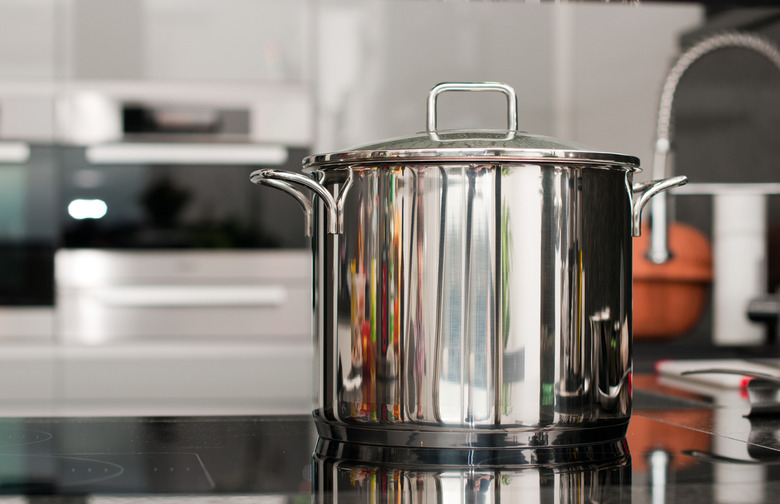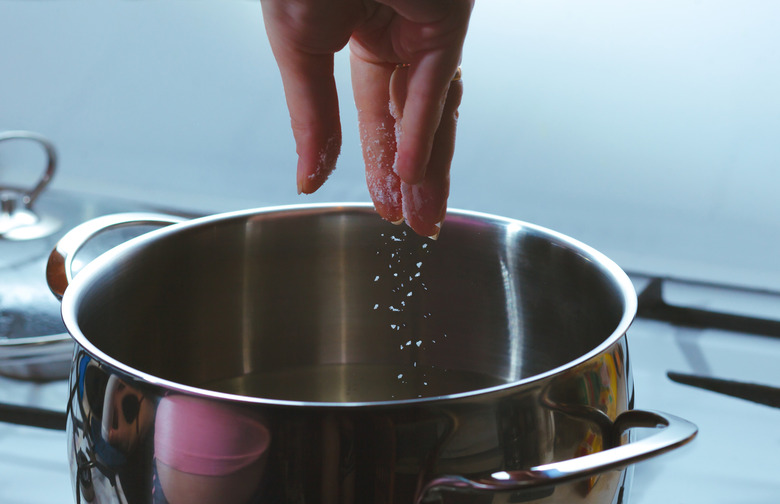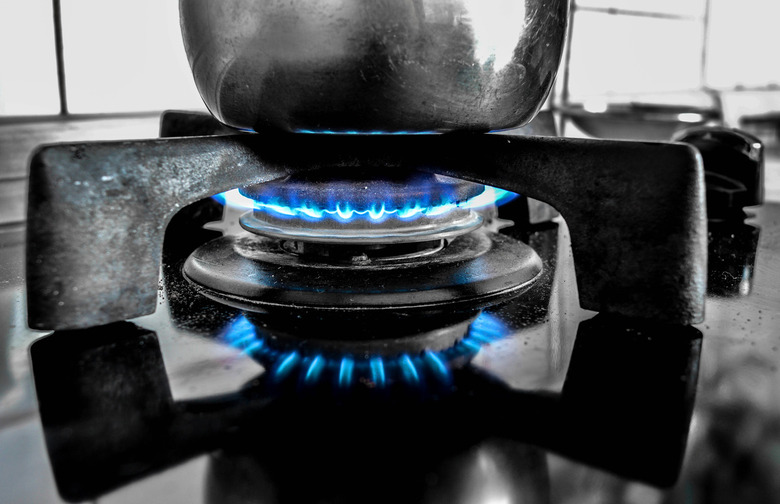How To Boil Water — Really, Gallery
You maybe be scoffing — you may even be giggling — at the title of this article, but trust us: this is important information. Boiling water is (apparently) harder than you think.
But what's the problem, you ask? All you really need, you'd think, would be a pot, some H20, and a source of heat — plus some serious arm muscles to move the pot from the sink to the stove if you're boiling a large quantity of the stuff.
But you know the old adage that declares, "She's such a bad cook, she can't even boil water?" The truth is, we've seen amateur and even professional cooks miss some of these important steps in this "difficult "process.
All jokes aside, let's talk about this: How do you boil water? Better check out our five (yes, there are five) steps instructing you in the right way to perform this most basic of kitchen tasks. (And speaking of old adages, don't believe the one that says "A watched pot never boils." Trust us, it does. It's just kind of boring to wait for.)
Step 1: Pick the Right Pot
Here, size matters. Some foods need space to expand and bubble; for example, when cooking pasta, a larger pot works in your favor. The starch in the water just loves to boil over when forced into confined spaces, so the extra room will save you from cleaning up the boil-over mess later — and the pasta will cook more evenly and be less likely to clump together. If you're cooking something smaller — blanching some vegetables, for instance — use a smaller pot, because less water takes less time to heat up (go figure, right?).
Step 2: Make It Salty
Salt lowers the boiling point of water, meaning that the water will boil faster. Although the time difference might not be noticeable, add salt anyway: salting the cooking water will improve the overall flavor of the ingredient. To illustrate this, consider the potato. When potatoes boil in generously salted water, they will absorb water — and salt — as they begin to cook, so the seasoning will penetrate deep into the potato instead of simply resting on the surface.
Step 3: Boil Over High Heat
When boiling water, turn the heat up! What is the advantage of trying to boil water over medium-high heat? The answer: There is none.
Step 4: Cover the Pot
This will trap steam and raise the temperature of the water faster, which in turns means that the water will boil faster.
Step 5: The Definition of Boil
Water boils at 212 degrees F, which means boiling water is quite active: It bubbles, it spits, it moves. On the other hand, a simmer is defined by a few bubbles spurting up here and there. Note: That is not a boil. Do not call it a boil, because you would be wrong. When a recipe calls for boiling water, really make it BOIL!
One more word of caution: Do not be tempted to boil water in the microwave. Water is just one of several foods you might be surprised to learn you should never put in the microwave.
More from The Daily Meal:
10 Reasons Your Food Never Tastes as Great as Your Grandma's Did
How to Cook Steak Perfectly on the Stove Every Time





